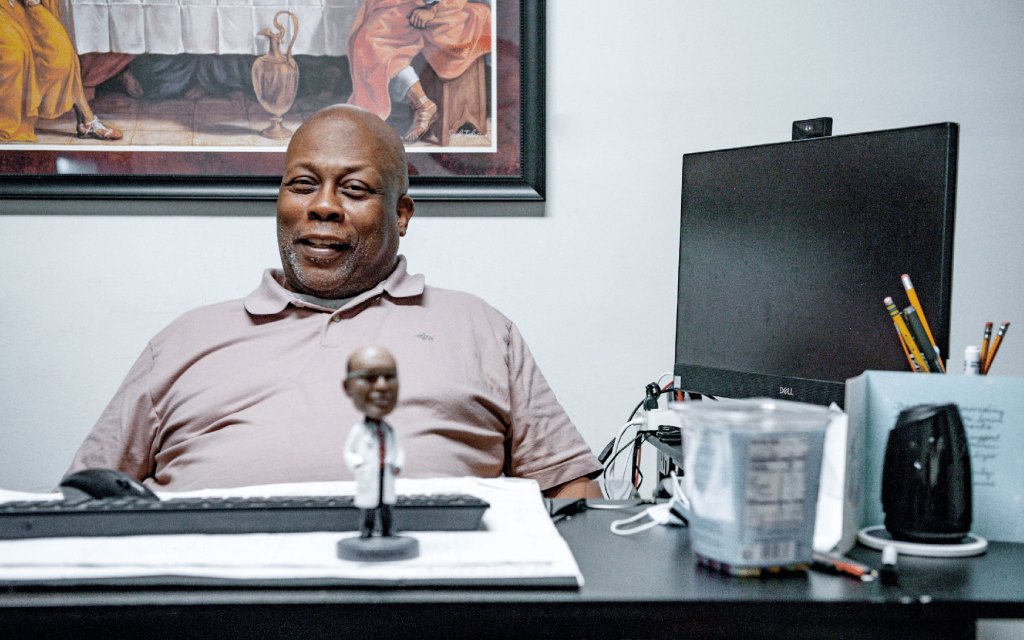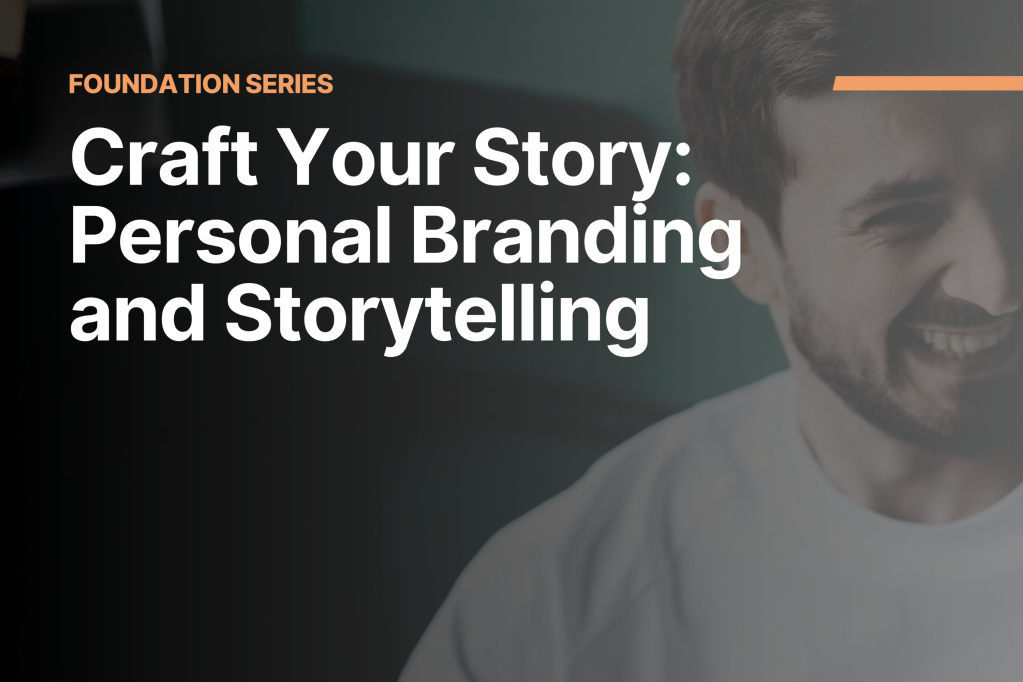Resume Criteria
Content
Heading
Include name, phone number, professional email address , city and state or region, and written out hyperlinks to LinkedIn and Portfolio.
Summary
- Title of role pursuing (do not identify as a student).
- Try to connect past experience (work or volunteer roles) to target role.
- Avoid pronouns.
- 2-3 transferable skills (ex. adaptable; time management; communication; innovative; collaborative; conflict resolution).
- Accomplishments, recognitions, and/or awards.
- Training or certifications
Skills
- Include skills / concepts / methodologies (etc.) acquired in the program.
- Ensure programming languages and technologies conform to standard spelling and style for the industry.
Projects
- Include three of your strongest projects
- Include a brief description for each project (1-2 lines)
- Include skills / concepts / methodologies (etc.) used
- Include written links to both deployed projects and code.
Experience
- Experience listed in reverse chronological order, with job title, job description, company name, city and state or province, and dates of employment.
- Start every bullet with an action verb; don’t use the same verb more than once.
- Cite accomplishments, recognitions, and/or awards (do not list job duties).
- Bullets are concise, direct, and listed in order of importance.
- Quantify work as much as possible, eg. “200 tickets closed per month”.
- Use transferable skills from past roles or volunteering that will speaker to your target role (e.g. attention to detail, thrives under pressure, etc.).
Education
- List education above Experience (unless you have work or volunteer experience).
- Listed in reverse chronological order
- Include city and state
- Include title (ex. certificate, bachelor’s, master’s, etc.)
- Include the current program as the most recent item in education and ensure it is listed as a certificate.
Applicant Tracking System (ATS)
- Include standard heading titles (Education, Projects, Technical Skills, Summary, Experience).
- Spell out acronyms and abbreviations (abbreviated months are acceptable).
- Use bullets instead of asterisks.
- Avoid images, icons, or photographs.
- Avoid colored text.
- Avoid columns, tables, text boxes, and graphs.
- Do not write in the header or footer of the document.
- Use keywords that match the job description and align with required skills needed for each specific role.
Design and Format
Simplicity
- No template language or blank areas.
- Design does not get in the way of necessary text/content.
- Text fills the page without overcrowding.
- Balanced margins, between 0.5” – 1.”
- No more than one page if new to the field, two pages if have relevant experience.
- Name and headlines stand out.
- Few (or no) hanging lines (where just a few words take up an entire line).
Consistency
- Font size of 11 or 12.
- Consistent and professional font style. It’s okay to use different fonts for the headings and body. Professional font styles include: Arial, Calibri, Cambria, Georgia, Helvetica, Times New Roman.
- Consistent use of bold, italic, and underline; same bullet point style for all lists.
Accuracy
- Consistent punctuation throughout.
- No grammar errors; no spelling errors.
- No personal pronouns (I, we, he, or she).
- Abbreviations or acronyms are not used unless necessary.
Portfolio Criteria
Content
Name and Links
- Includes name, email address (not hotmail, yahoo, aol, or school), and link to LinkedIn page.
- Includes a button or link to a PDF of your resume or CV.
About Section and Skills
- Minimum of 5 skills or technologies listed as proficiencies.
- Clear and concise description of your passion for design.
- Visualizes design skills over a long list of keywords.
Professional Presentation
- Demonstrates experience in and passion for the role you are currently pursuing.
- Quantifies your work with accomplishments, not duties.
- Includes no more than 3-5 lines.
- Written in the 3rd person without personal pronouns.
Simplicity
Portfolio contains no more than 3-5 primary sections:
- Homepage (case studies, work highlights, etc).
- About you (skills, passions, personal background).
- Portfolio works (list of projects and case studies).
- Services (overview of UX/UI/FE skills).
- Contact (email, social media, etc).
Case Studies
- Includes at least three case studies
- Case study includes:
- Design and development process and the UX methodologies used to solve the problem.
- Low fidelity designs (sketches, post-it notes, wireframes) and how those became high fidelity prototypes, ui, or system visualizations.
- Your role and what problem the project helped solve.
- The time it took to complete the project.
- May include external links to outside portfolio platforms like Behance or a website.
- Includes links to prototypes where applicable.
Design and Format
Simplicity
- Web design does not overshadow content.
- Clear use of grids and responsive web design best practices
- Name and headlines stand out.
- No excessive use of animations
Consistency
- Clear and clean use of typography and fonts.
- Consistent and professional voice and tone.
- Consistent use of bold, italic, and underline; same bullet point style for all lists.
- Legible storytelling with designed content sections and process descriptions.
Accuracy
- Consistent punctuation throughout.
- No grammar or spelling errors.
- Abbreviations or acronyms are not used unless necessary.
Images, Video, and Audio
- Clear thumbnails or screenshots from each project.
- Images are appropriately sized with good quality and lighting.
- Images are contextually appropriate with labels and captions.
- Videos are embedded.
- Video content is sized and timed appropriately. (Avoid long videos; The average recruiter spends 60-120 seconds per project.)
- Videos have clear titles and contributors sourced.
- Use of sounds sparingly.
- No music.
LinkedIn Profile Criteria
Compelling Introduction
- Professional profile photo.
- Customized background image.
- Up-to-date contact information (email).
- Catchy headline that incorporates target role.
- Clear summary statement that speaks to experience, background, and professional qualifications.
Experience
- Experience listed in reverse chronological order, with job title, job description, company name, city and state or province, and dates of employment.
- Start every bullet with an action verb; don’t use the same verb more than once.
- Cite accomplishments, recognitions, and/or awards (do not list job duties).
- Bullets are concise, direct, and listed in order of importance.
- Quantify work as much as possible, eg. “200 tickets closed per month”.
- Use transferable skills from past roles or volunteering that will speaker to your target role (e.g. attention to detail, thrives under pressure, etc.).
Education
- List education above Experience (unless you have work or volunteer experience).
- Listed in reverse chronological order
- Include city and state with
- Include title (ex. certificate, bachelor’s, master’s, etc.)
- Include the current program as the most recent item in education and ensure it is listed as a certificate.
Skills, Recommendations, Accomplishments, and Interests
- These sections give a fuller picture of who you are.
- At least 20 skills, both technical and transferable.
- At least 2-4 recommendations that attest to your skill set and work ethic.
- At least 2-3 projects highlighted with working links.
- At least 20 interests displayed, with a mix of personal and professional interests.
Accuracy
- All spelling is accurate with consistent punctuation.
- Tone consistent throughout.
- All links work.
Professional Brand Statement Criteria
Concise
Consists of 75-150 words. Keep it focused and make every line count.
Targets Role
First line presents you in your desired role. Avoid identifying as a student (as you will use this after graduation). Ex: UI Designer, UX Engineer, Visual Designer.
Includes Education
Includes only relevant degrees, certifications, and/or trainings. Make sure you include the boot camp to demonstrate your technical training. Ex: Certificate in UX/UI from XYZ University.
Includes Skills and Strengths
Includes 3-5 relevant technical skills and professional strengths that align with a desired role.
- If available, use the job description to determine the best skills to include.
- Show how you have applied these skills and strengths in previous roles or projects.
Demonstrates Value
Showcases professional or academic achievements, accomplishments, successful projects, and recognitions.
Hint: Aim for professional, but if you lack professional experience, pull from academics.
Includes Motivation/Aim
Determine what motivates you professionally. What end results do you hope to achieve in your role?
Positions Yourself
Sell, don’t summarize! Connect how your past experience, skills, and/or training have prepared you for your desired role. This is where you can provide examples to support your claims. Hint: To demonstrate that you are a team player, give an example of working successfully in a team environment. Show outcomes of your work.
Presentation
No spelling or grammatical errors. No slang. No redundant word choices. Varied sentence structure.









